


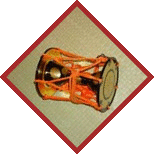
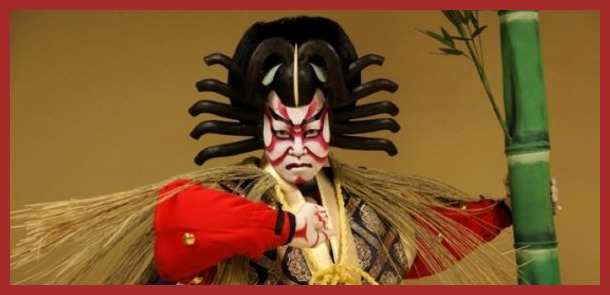




In the early years, the
interests of such acting groups seems to have
been more
in sex than in serious dramatic
performance. Alarmed by the immorality
of the
theater, the government banned all
women performers from
the stage in an effort
to safeguard the public's morals.

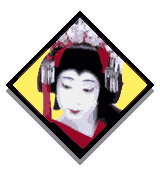

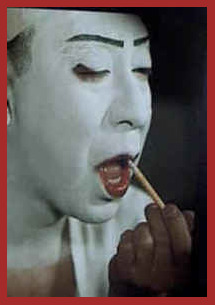
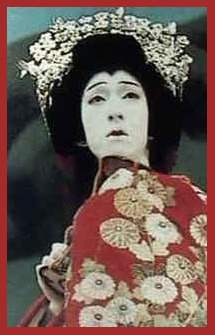
Kabuki was, in many ways, a child of the Genroku era,
when the
merchant class emerged as a strong
economic force in the urban
areas.Common
people soon became enamored of these dramas
with their gaudy and bright costumes, violent
actions and strong
emotional tension; the
colorful day-long performances attracted
all ranks of society, shop
keepers and merchants to samurai.
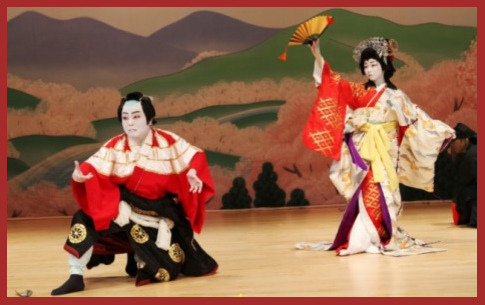
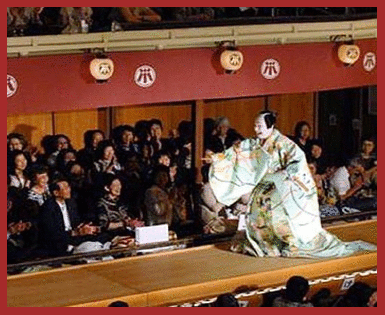
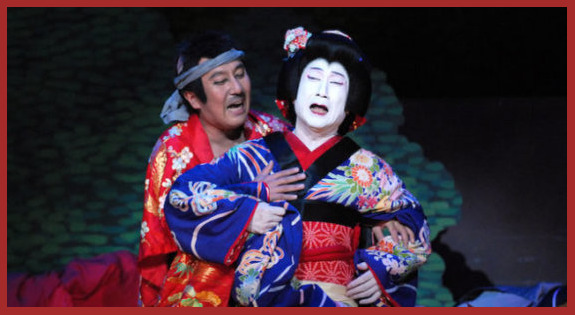

 ~NEXT~
~NEXT~


